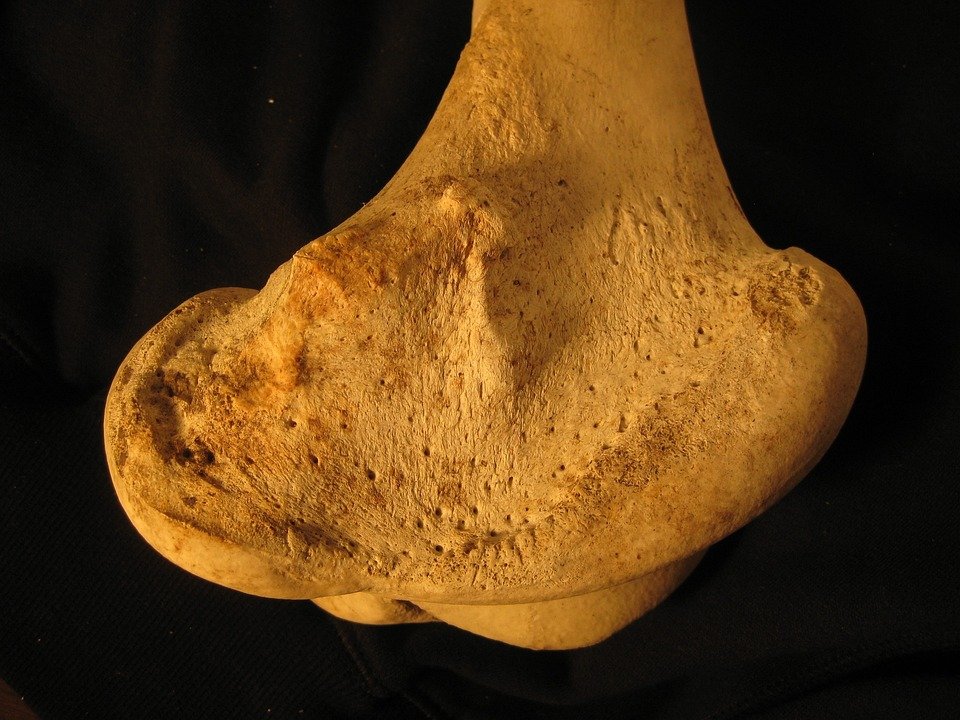 The human body is a complex and intricate machine, with each part serving a specific function to maintain overall health and well-being. One of the most remarkable structures in the body is the femur, which is the longest and strongest bone in the human body. This bone plays a crucial role in providing support and stability to the body, allowing us to stand, walk, run, and perform various activities.
The human body is a complex and intricate machine, with each part serving a specific function to maintain overall health and well-being. One of the most remarkable structures in the body is the femur, which is the longest and strongest bone in the human body. This bone plays a crucial role in providing support and stability to the body, allowing us to stand, walk, run, and perform various activities.The femur, also known as the thigh bone, is located in the upper leg and connects the hip joint to the knee joint. It is a long, robust bone that is designed to withstand significant amounts of stress and weight. In fact, the femur is so strong that it can support up to 30 times the body’s weight, making it one of the most durable bones in the human body.
The structure of the femur is highly specialized to provide strength and support to the body. The bone is composed of a hard outer layer called cortical bone, which is dense and compact, and a spongy inner layer called trabecular bone, which is more porous and lightweight. This dual structure allows the femur to be both strong and flexible, providing the necessary support for various movements and activities.
The femur is also unique in its shape and design. The bone is curved and angled in such a way that it can withstand the forces and stresses placed upon it during everyday activities. The head of the femur, which is located at the top of the bone and connects to the hip joint, is spherical in shape and fits snugly into the acetabulum of the pelvis. This ball-and-socket joint allows for a wide range of motion and flexibility, while also providing stability and support to the body.
One of the most fascinating aspects of the femur is its ability to heal and regenerate. Like all bones in the body, the femur is capable of repairing itself in the event of a fracture or injury. When a bone is broken, the body initiates a process called bone remodeling, in which new bone tissue is formed to repair the damage. This process can take several weeks to several months, depending on the severity of the injury, but the femur has a remarkable ability to heal and regenerate, thanks to its strong and resilient structure.
Despite its strength and durability, the femur is not immune to injury or disease. Fractures, or breaks, are a common injury that can occur in the femur, often as a result of trauma or overuse. Fractures can range from minor hairline cracks to severe breaks that require surgical intervention. In addition to fractures, the femur can also be affected by conditions such as osteoporosis, a disease that causes the bones to weaken and become more susceptible to fractures.
In conclusion, the femur is a remarkable bone that plays a vital role in supporting the body and allowing us to move and function. Its strength, durability, and unique structure make it one of the most important bones in the human body. By unraveling the mysteries of the femur, we can gain a greater understanding of the complex and fascinating workings of the human body.

You might be interested in learning more about the skeletal system and bones by exploring the anatomy of the human body. Speaking of bones, you might be interested in the Skeletal System on Wikipedia. Understanding how the bones work together to support the body can provide further insight into the remarkable structure of the femur. Additionally, for more information on bone health and conditions like osteoporosis, you might want to check out Osteoporosis. This can shed light on the importance of maintaining strong and healthy bones like the femur.



